Latest News
October 28, 2010
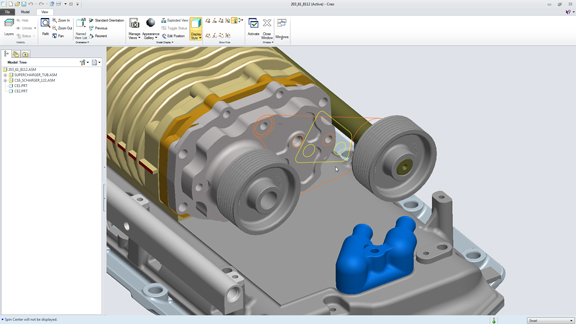
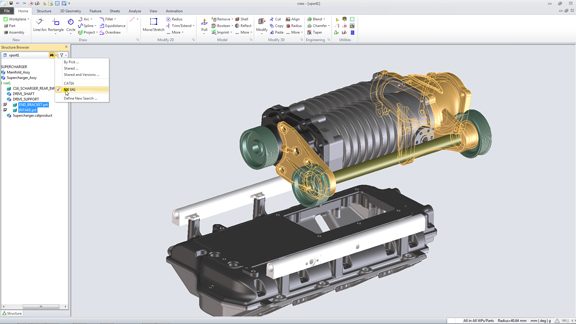
It’s a clear blue day in Boston, with a few precipitation in the air. At the Park Plaza Castle, a 14,000 sq. ft. exhibit hall in the heart of Boston, the forecast calls for lightning, with lots of anticipation. For the past several months, PTC has been in a stealth mode, giving away teasers about its Project Lightning but keeping its details under wrap. Today at 10 AM Eastern Time, Lightning strikes, in a manner of speaking.
PTC Lightning brings in a season of change, beginning with a significant reshuffling of the company’s major brands. On the way out are three household names: Pro/ENGINEER, CoCreate, and ProductView. They’re to be replaced by Creo Elements/Pro, Creo Elements/Direct, and Creo Elements/View.
Creo represents “PTC’s vision for the next 20 years of mechanical design,” said Brian Shepherd, PTC’s executive VP of product development. Instead of a single software platform, Creo is “a suite of interoperable, role-specific applications designed from the groundup to be an open system,” he added.
PTC Creo, Marked for Mid-2011
The first phase of PTC Lightning is a simple renaming of its products, effective immediately. This is to be followed by the release of Creo 1.0, scheduled for the middle of 2011, closely followed by Creo 2.0. This new “clean-architecture product,” said Shepherd, “is the one that will solve all the unsolved problems [in product development].”
The unsolved problems, as listed by PTC’ new CEO Jim Heppelmann (he officially took over from Richard Harrison this month), are usability, interoperability, and large assembly management. (For more, read “PTC User World Event” report, June 8, 2010.)
Creo is not an all-encompassing “big, gigantic, monolithic product,” Shepherd said. It’s to serve as a platform, upon which user can add on AnyRole apps (apps suitable for individual roles). “We really like this Apple analogy—there’s an app for that,” he explained.
AnyRole, AnyMode, AnyData, AnyBOM
Neither PTC’s parametric powerhouse Pro/E nor its direct modeler CoCreate will serve as the native format for Creo. Creo will use a new patent-pending data model as its native format, allowing parametric and direct geometry to be exchanged. Creo will allow what PTC calls AnyMode modeling, to accommodate both parametric and direct modeling methods. Creo is expected to support both Pro/E and CoCreate models as customers gradually migrate to the new apps.
The user interface for Creo will look like neither Pro/E nor CoCreate, explained Shepherd. In fact, Creo’s interface may look different from user to user, based on the role he or she has chosen. Accordingly, available Creo apps will vary in price, ranging from premium pricing to free, based on its complexity or simplicity. Available apps will include dedicated 2D modeling, subdivision modeling, rendering, numeric controlled machining, simulation, visualization and markup, among others.
Whereas Pro/E’s emphasis, as with any parametric modeler, is on the recipe for the model (the historical steps required to generate the model), Creo’s emphasis is on geometry. Parametric or feature-based modeling will still be available, but it’ll be a means to an end, not the primary focus of the software. The demonstration shows Creo Elements/Pro users and Creo Elements/Direct users easily exchanging and modifying models created in each other’s programs.
One area that PTC felt has always been neglected is assembly management, or (to be more precise) configuration management. With Creo, you’ll be able to record, chart out, and manage different product configurations in a flowchart-like interface. PTC also plans to let Creo users interact with different geometry created in other programs by converting them to a Creo-adoptable format.
App Developers Wanted
To foster a large Creo ecosystem, PTC plans to offer its development partners access to Creo’s common data model and app templates, allowing them to develop and offer Creo-like apps targeted at specific industries and markets beyond PTC’s core expertise. It’s not yet clear how PTC plans to distribute these applications or how much they’ll be licensed for.
With Creo’s approach, Heppelmann is confident, “We will not lose an ease-of-use battle for some time now ... Power users get power; casual users get simplicity.”
PTC’s Creo product suite is a major shakeup for the company itself. For the past two decades, PTC has been a fervent champion of parametric modeling, or history-based modeling. The company is, in fact, credited with being a parametric pioneer. But its acquisition of CoCreate, a direct modeling CAD software, opened its eyes to new possibilities, admitted Heppelmann.
The smaller Apple-style apps are expected to appeal to a new generation of software users who come to rely on iPhone and iPad as their primary communication and collaboration devices. The breakup of a parametric program into smaller apps may also reduce the learning curve, one of the major barriers for 3D CAD adoption.
As newcomers like SpaceClaim grabs market share, as established vendors like Autodesk and Siemens PLM begin nurturing their own direct modeling products, traditional history-based modelers like Pro/E face immense pressure to evolve. For PTC, a company deeply rooted in parametric modeling with 25,000 customers, shifting gear is no easy task. So there’s a lot riding on Creo. But there’s also a lot to gain, since Creo could put PTC on the radar of many small and mid-size businesses that view Pro/E as an overly complex solution to relatively straightforward design problems.
PTC’s dedicated site: http://creo/ptc.com.
Managing editor Jamie Gooch’s report on the launch event: PTC Reveals Project Lightning as Creo
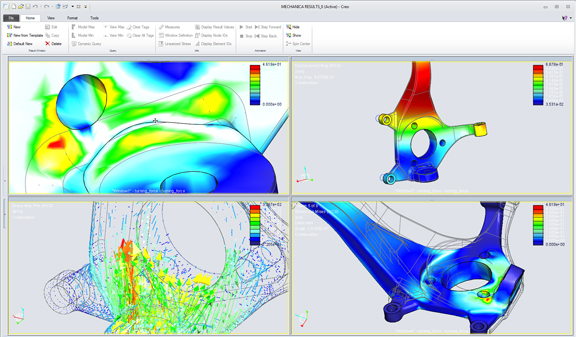
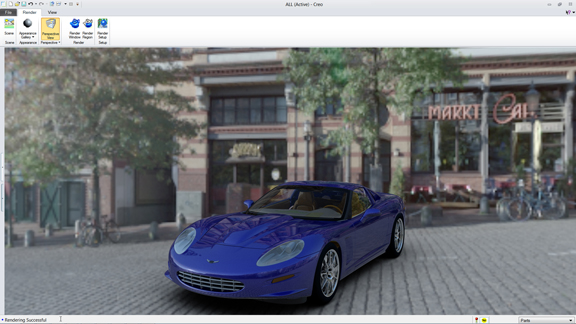
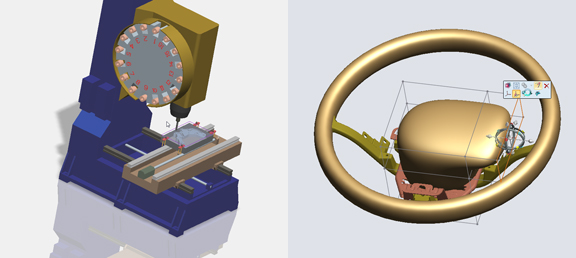
For more, check out the photo album below from the launch event.
Subscribe to our FREE magazine, FREE email newsletters or both!
Latest News
About the Author
Kenneth Wong is Digital Engineering’s resident blogger and senior editor. Email him at [email protected] or share your thoughts on this article at digitaleng.news/facebook.
Follow DE





